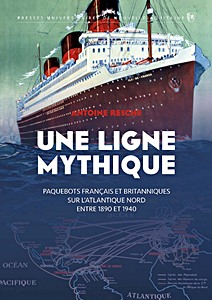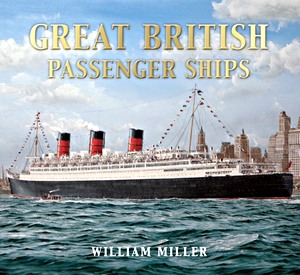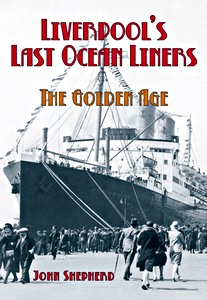Une ligne mythique: Paquebots français et britanniques sur l'Atlantique Nord entre 1890 et 1940
Cet ouvrage s'attache à étudier trois grandes lignes marines : les britanniques White Star Line et Cunard Line, et la française Compagnie générale transatlantique.
Organisé autour de plusieurs grandes thématiques, découvrez comment chacune de ces entreprises noua des liens avec son gouvernement, comment elles abordèrent la course à la taille et à la vitesse, et comment elles affrontèrent les enjeux liés à la sécurité face aux terribles drames qui se nouaient sur cet océan dangereux.
Du Titanic au Normandie, se dessine ici toute une société transatlantique, à la fois isolée du monde terrestre, et pourtant son prolongement. Car entre 1890 et 1940, ces deux « âges d'or » des voyages en paquebot séparés par une guerre mondiale sont aussi à l'image des évolutions et ruptures de leur temps.
Detalle del libro
| Autor: | Antoine Resche |
|---|---|
| Presentación: | 280 páginas, 24 x 17.5 x 2.2 cm, tapa blanda |
| Ilustración: | ricamente ilustrado |
| Editorial: | Editions Métive (F, 2021) |
| ISBN: | 9782371091009 |

Une ligne mythique: Paquebots français et britanniques sur l'Atlantique Nord entre 1890 et 1940
Idioma: Francés
Disponible en Amazon - pago segura y entrega rápido
Comprar en Amazon ESComprar en Amazon.com








